Tundra Swan
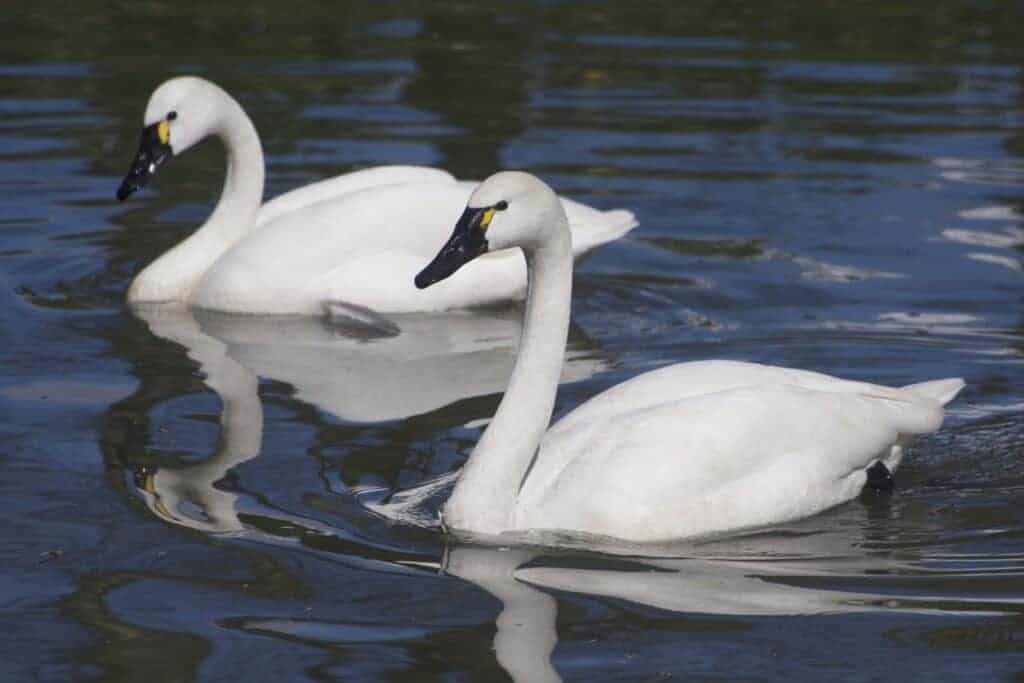
Two subspecies of Tundra Swan are recognised:
- C. c. bewickii — the Bewick’s Swan, of arctic northern Siberia to Japan.
- C. c. columbianus — the Whistling Swan, of northern North America.
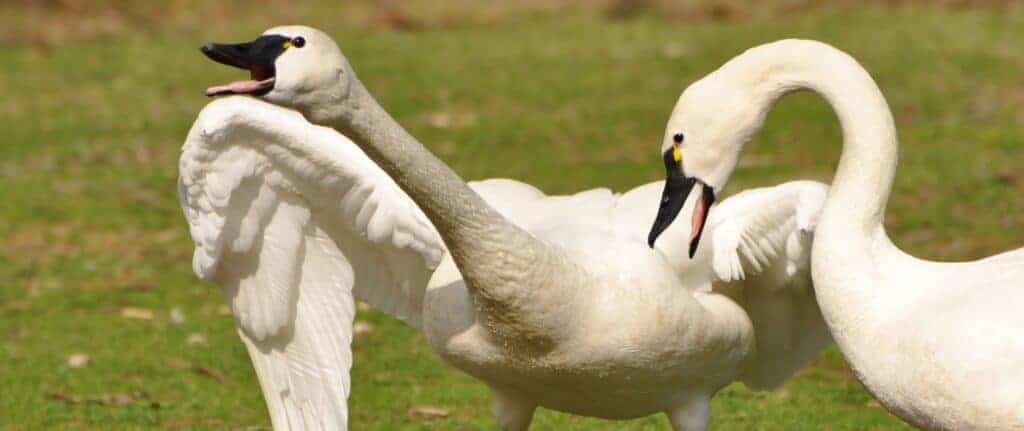
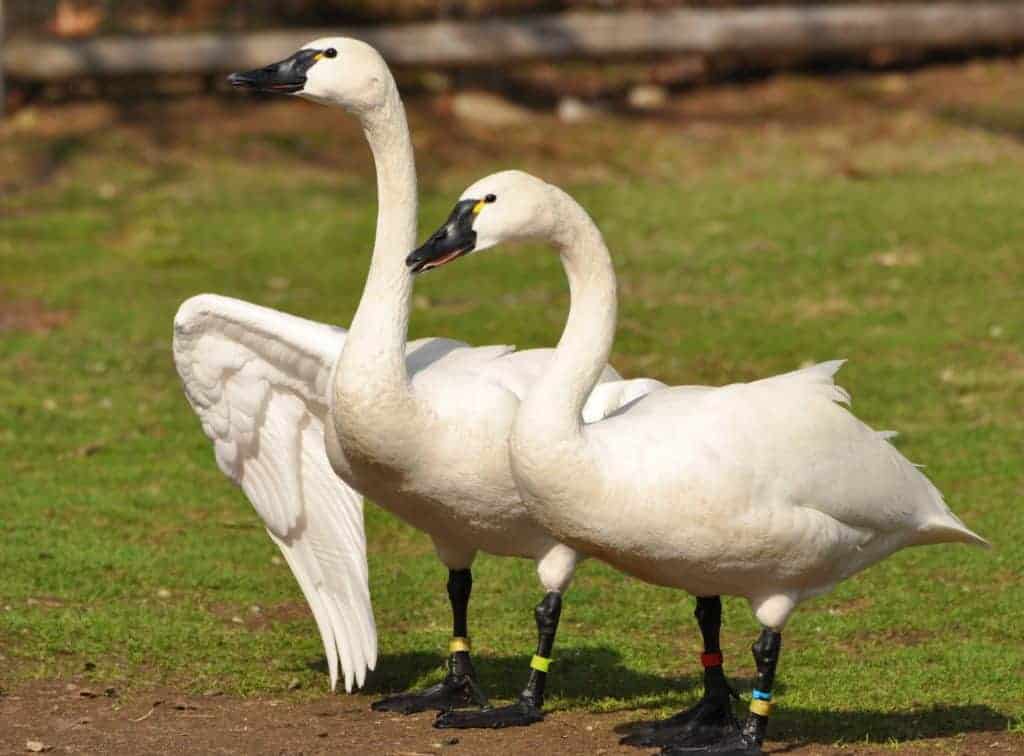
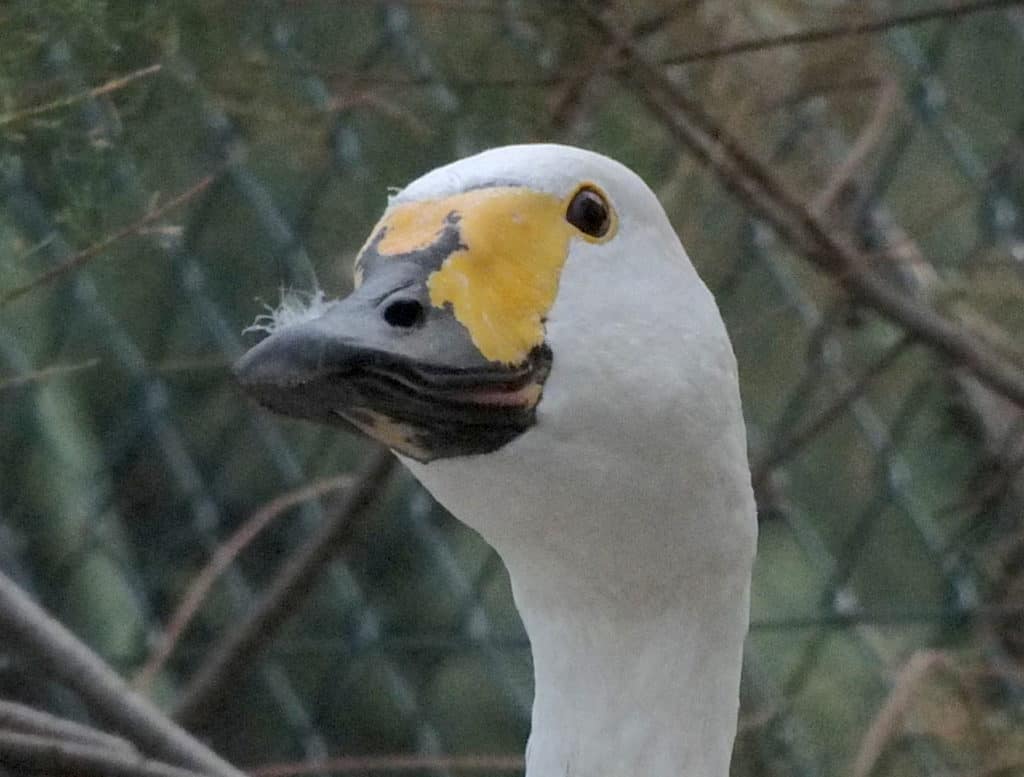
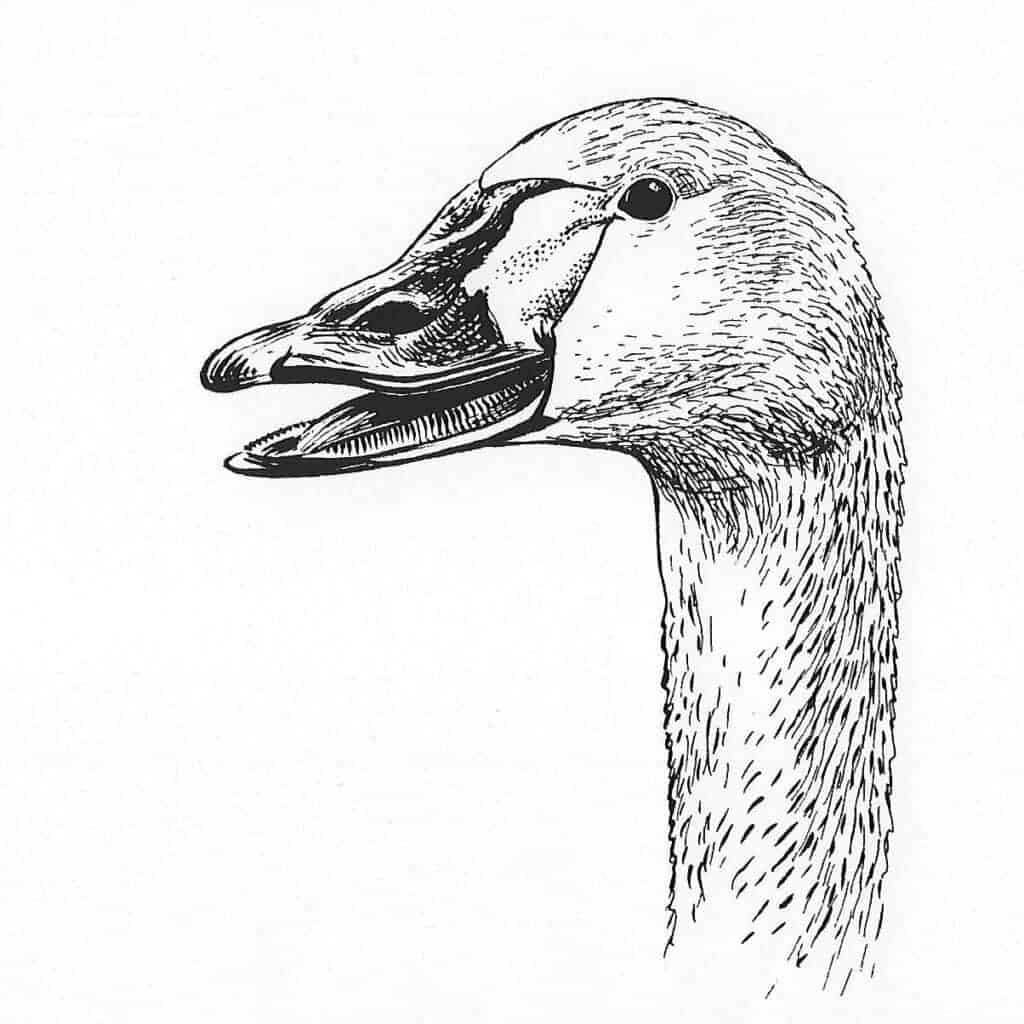
Cygnus columbianus
The nominate subspecies of these large, arctic-nesting swans winter in distinct Eastern and Western populations in North America. The slightly smaller subspecies, the Bewick’s Swan is found in Eurasia, wintering primarily in NW Europe and Japan.
Tundra Swans nest in pairs and will establish territories that are actively defended on the Arctic tundra. They will group up for migration and over-wintering, foraging in farm fields and moving to water overnight. Tundra Swans seem to pair for life, often returning to the same site and enhancing the nest each year.
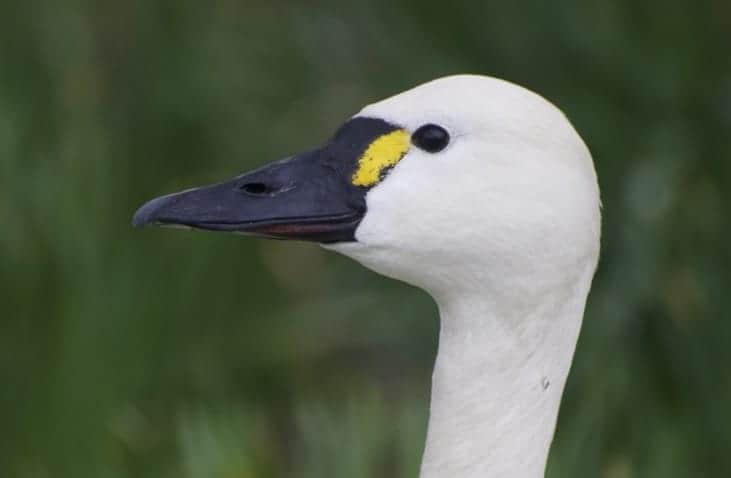
The Tundra Swan is completely white at maturity, with a mainly black bill. There is typically a small amount of yellow at the fleshy junction of the bill with the eye, making identification easier when the birds are on the ground. Juveniles are grey. The Bewick’s Swan has more yellow on the bill and is more compact.
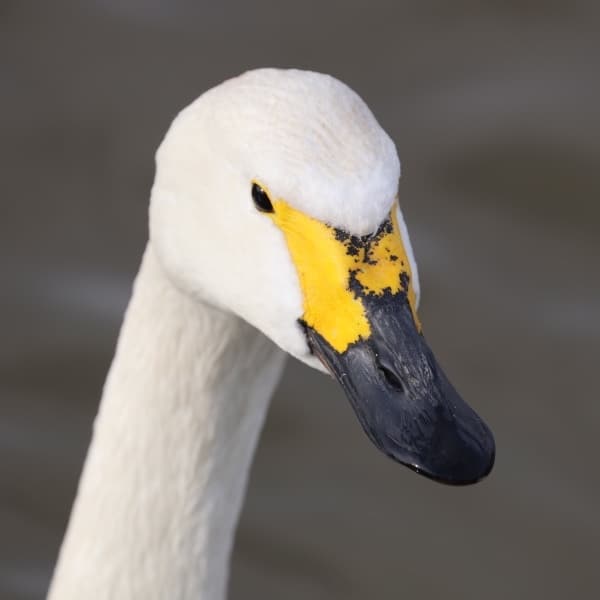
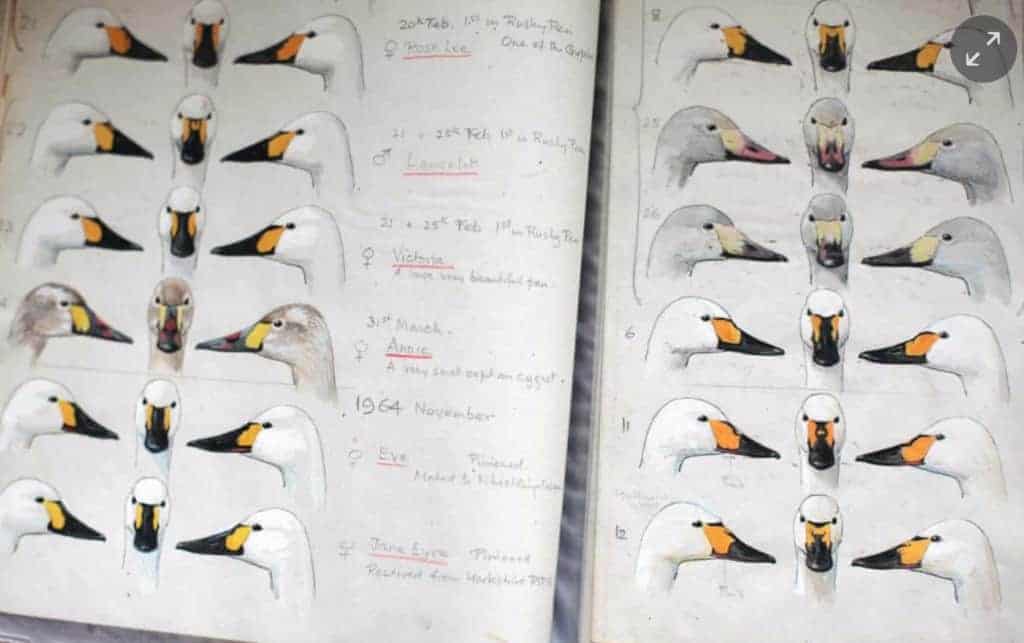
In the 1960s, (Sir) Peter Scott realised that every Bewick’s Swan visiting Slimbridge had a unique black and yellow pattern on its beak, so individual birds could be recognised. These were recorded in small paintings with front and side views to aid recognition. By 1989, over six thousand swans had been recorded visiting the lagoon at the then Wildfowl Trust, Slimbridge, Gloucestershire.
The Bewick’s Swan is Amber-listed as the UK wintering population has experienced a 45% decline over 25 years, 90–100% of it being found at ten or fewer sites, and comprising 30–40% of the European population, which is classified as Endangered.
Pens will lay a clutch of 4–5 eggs, which hatch in about 32 days. Both parents share the task of rearing their young.
FURTHER READING
Joshua C. Wilson, Kevin A. Wood, Larry R. Griffin, Kane Brides, Eileen C. Rees, Thomas H. G. Ezard (2025) IBIS International Journal of Avian Science.
Share this page